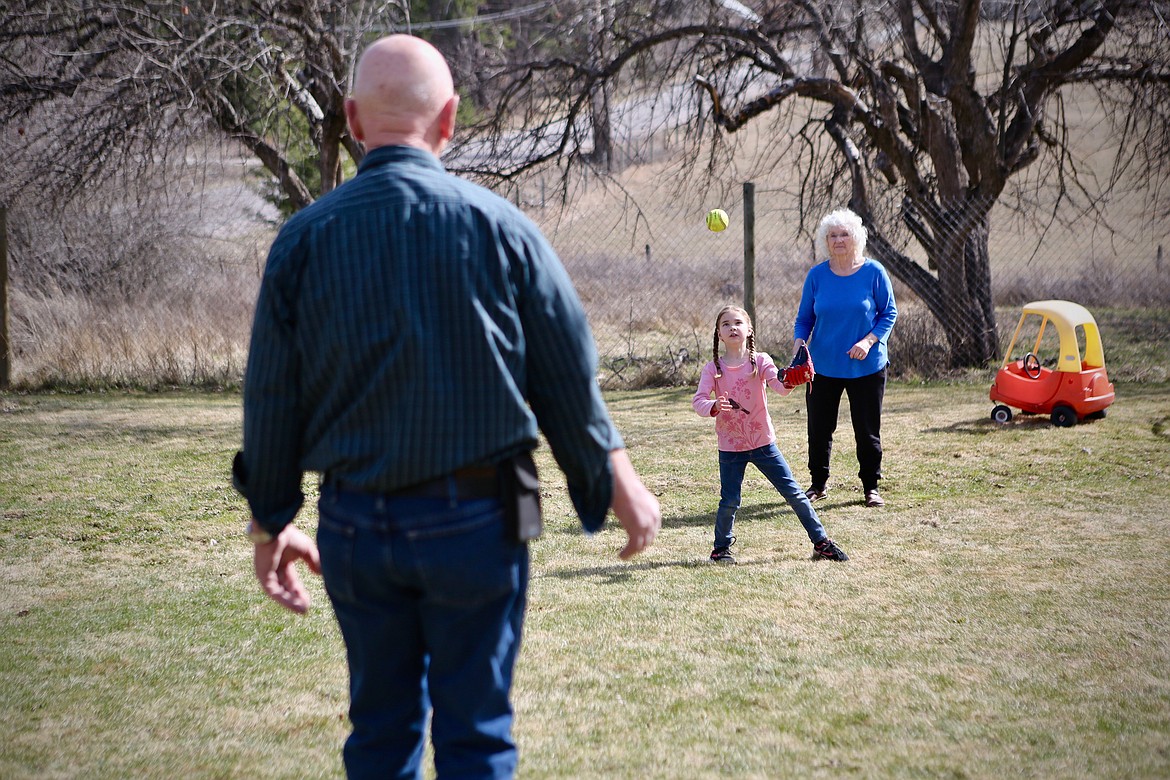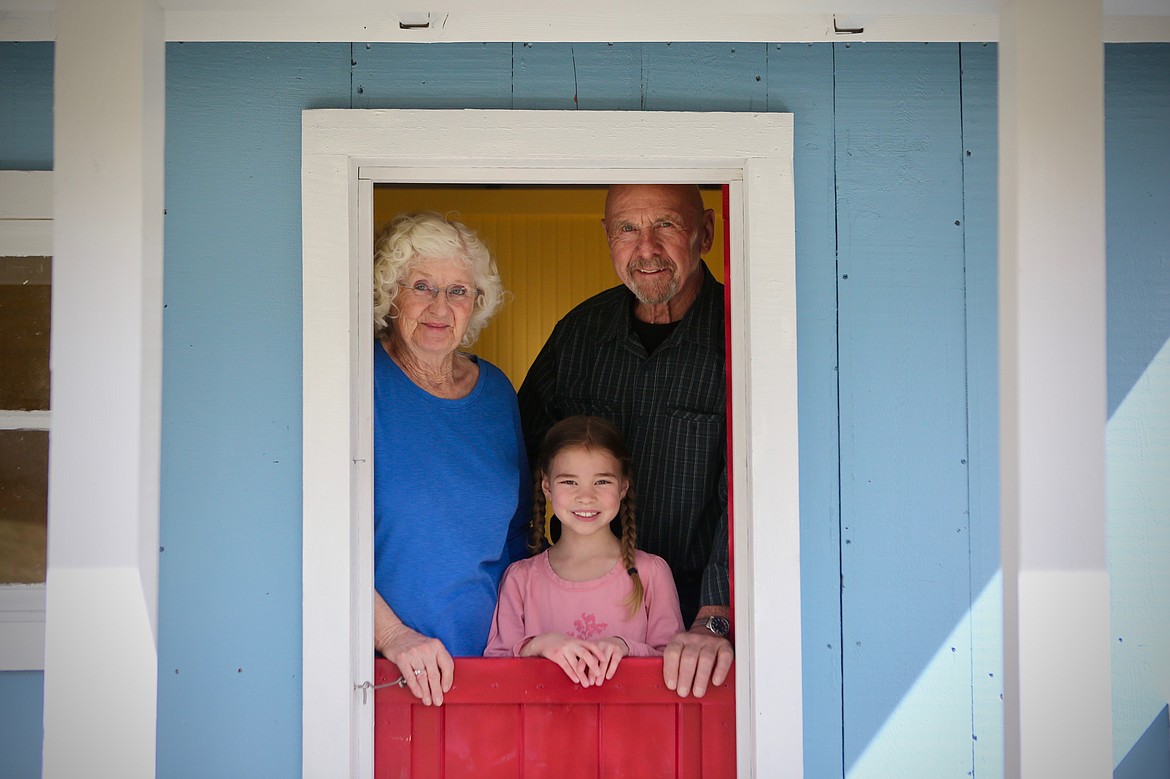Open hearts and open homes
Jim and Mavis Meyer have been foster parents for more than 46 years.
After their four biological children grew up and left the home, empty nest syndrome hit hard...
Support Local News
You have read all of your free articles this month. Select a plan below to start your subscription today.
Already a subscriber? Login
Daily Inter Lake - everything
Print delivery, e-edition and unlimited website access
- $26.24 per month
Daily Inter Lake - unlimited website access
- $9.95 per month





